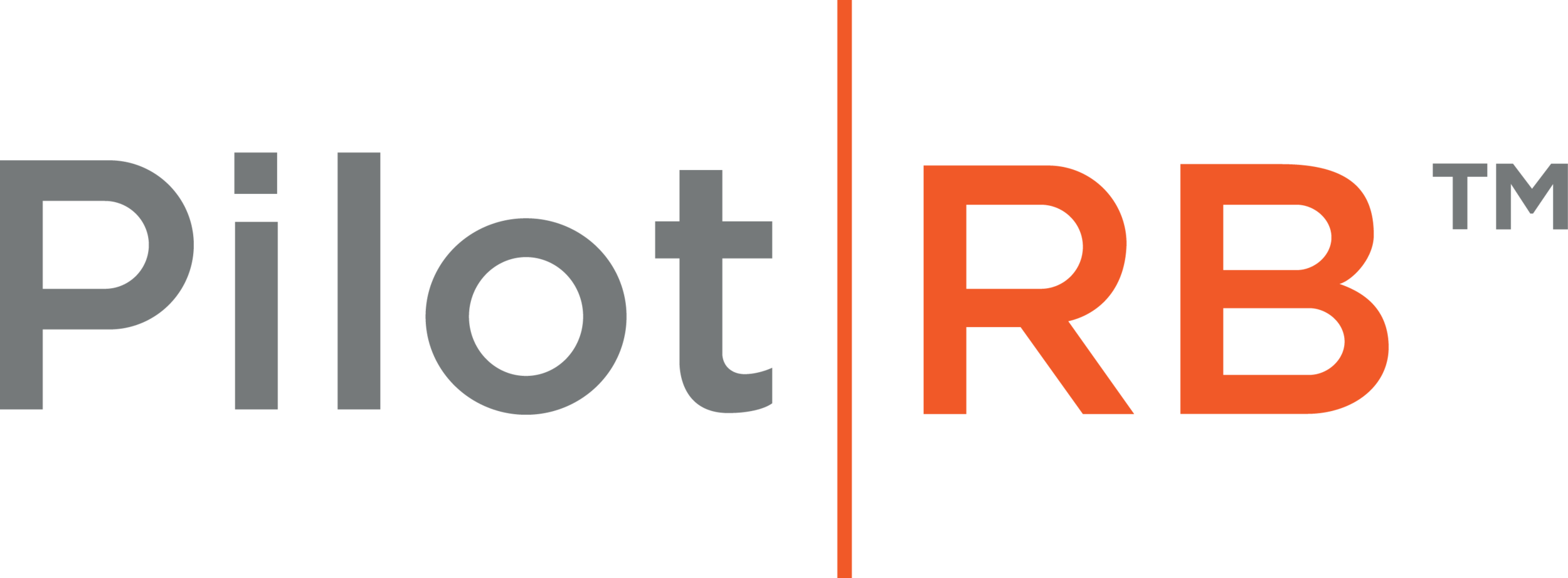The Current State of Price Transparency
Price transparency in healthcare is a major issue for employers and their Human Resource departments. With rising costs of care, many employers are looking for ways to control their medical expenses while still providing quality coverage to their employees. It's important to understand the current status of price transparency in health care and how it affects employers when making decisions about employee benefits.
Generally speaking, price transparency is the practice of providing cost information to consumers before they purchase a product or service. It has been widely adopted by other industries as a way of giving customers more control over their spending, but it's only recently been introduced into the healthcare industry. In the employer sponsored health plan arena, price transparency means that providers must disclose the prices they charge for services upfront so patients can shop around for the best deal without having to wait until after they receive care or submit claims. This also helps patients make more informed decisions about their health care needs, as well as enables employers to better manage their benefits costs and employee satisfaction levels.
The Consolidated Appropriations Act of 2021 included significant requirements aimed at increasing overall access to cost information for a myriad of health services in the United States. Hospitals and providers were required to publish ‘meaningful price information’ for patients as of January 2021. Health plans had to then post machine readable files (MRFs) listing specific price information on their public facing websites in 2022.
Enter 2023, when the most recent phase of Transparency in Coverage mandates* began requiring insurers and plans to disclose the rates negotiated for in network covered health services, as well as rate history for out of network payments and drug pricing information. The requirement applies to 500 services, and this figure will increase over the coming years. By being able to compare prices across different providers, employers and employees can identify areas where they can save money without compromising on quality of care. This data can also be used to inform negotiations with providers on contract terms such as discounts and bundled payments that would help lower overall costs further. When employees have access to transparent pricing information it gives them the power to make decisions based on cost-effectiveness rather than just convenience.
* https://www.cms.gov/newsroom/fact-sheets/transparency-coverage-final-rule-fact-sheet-cms-9915-f
